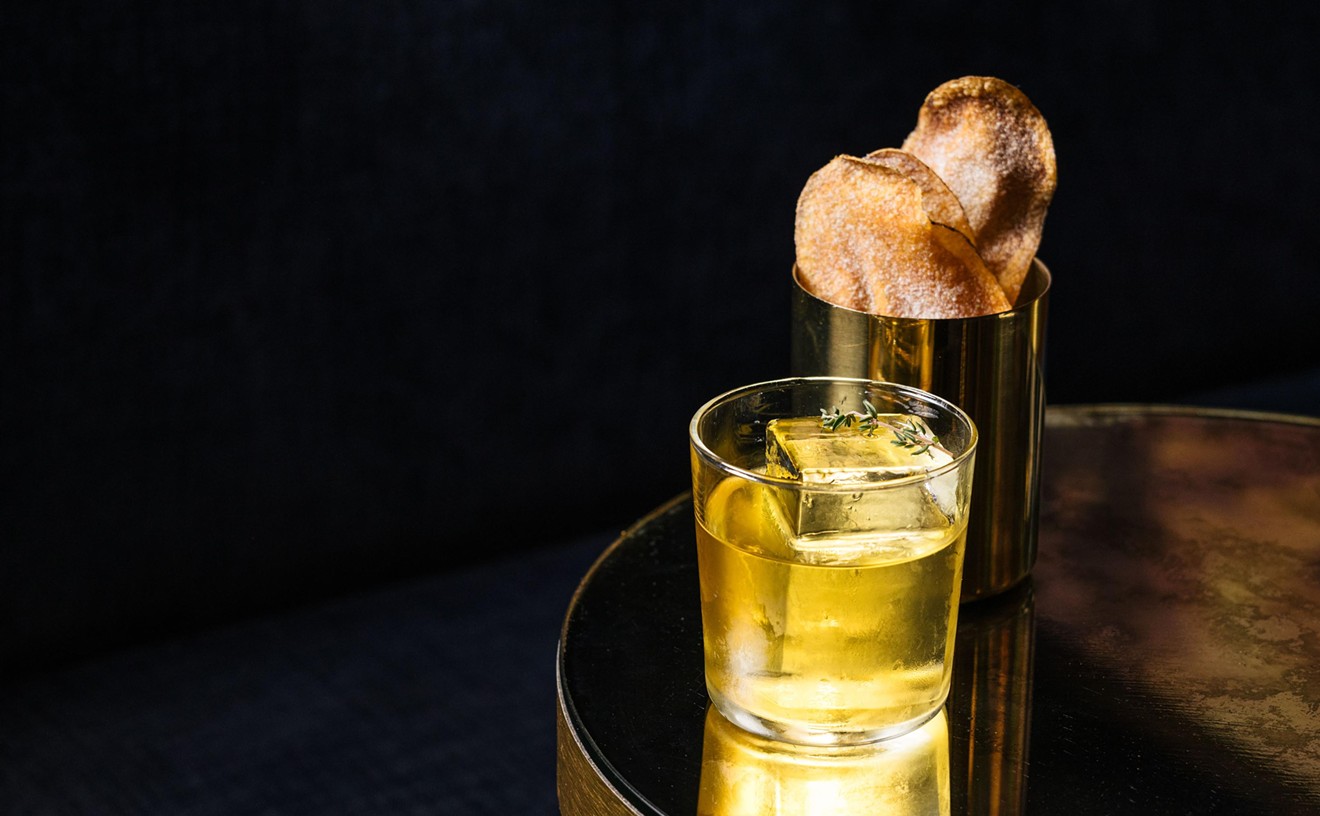See Also: AndyTalk: Four Riffs on Caprese Salad AndyTalk: Not All Bananas Are Created Equal . . . Take the Plantain
French toast is not just bread, eggs, and milk. French toast is technically custard, at least when done right. When done wrong, it's soggy bread and scrambled eggs or, worse, egg clinging to dry toast. To make great French toast, you need two items not often listed among the ingredients: 1) dense, slightly dry bread (the denser the better) and 2) patience. Soft bread dissolves as it soaks up the egg and milk mixture and nets you a mess. If your bread is really soft and moist, leave it out and uncovered for a few hours or lightly toast it. Day-old bread, or even two-day-old bread, makes stellar French toast.
The next considerations are based on personal preference. Do I want it sweet or less sweet? Do I care about cholesterol (and use just egg whites)? Flavored or unflavored. Personally, I'd rather eat one slice of not-so-healthy French toast than a stack that's low-fat.
This past weekend, I got a loaf of incredibly dense pecan-cranberry bread. When sliced, it was beautiful to behold: nuts and cranberries seemingly held together with just enough dark wheat bread to do the job. The loaf was small but weighty, and as I left the store, I knew French toast was a day or two away. That's right -- days.
I started by mixing my eggs and milk. I added a little maple syrup but could have added a little agave nectar, honey, or sugar. I could just as easily omitted the sweet. I also added a dollop of Greek yogurt and whisked until the mixture was a uniform creamy yellow. The richer version of this is made with half-and-half instead of milk, plus or minus the yogurt.
I poured the egg mixture into a flat deep dish and placed the bread on top. I put it in the refrigerator for half an hour then turned the bread over. I covered it with plastic wrap and put it back in the refrigerator. Then I went to bed so it could soak overnight. Dense, slightly dry bread is essential because although it slowly sponges up the liquid, it doesn't fall apart. The next morning it's ready for the skillet. Having the patience to wait overnight is the real secret to perfect French toast.
I heated the skillet over a medium low burner. One at a time, I swirled a small pat of butter in an oval the size of a slice, then set the slice into the pan. If you butter the whole pan at once, the butter is burned by the time you add the last slices. I dotted the tops of the bread with more butter and then covered the skillet. Since the skillet was on a low heat setting, it took almost 10 minutes to brown the bottom. I turned the bread over, returned the cover to the pan, and let it cook until the bottom was brown, another six or seven minutes. The cover keeps the bread moist, so that the inside of the bread was cooked through but creamy.
French toast that's crispy on the outside and creamy inside . . . It's worth the wait.
Andy Broder is the chef/owner of AndyFood, A Culinary Studio.










